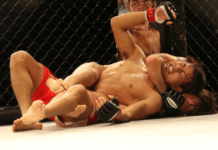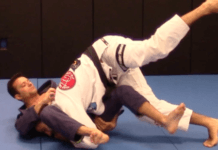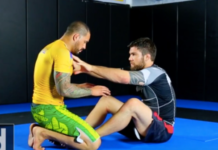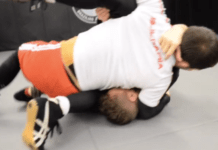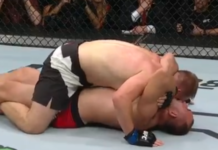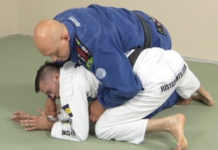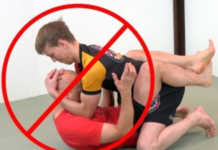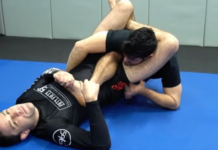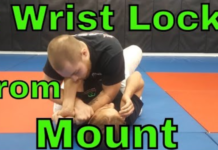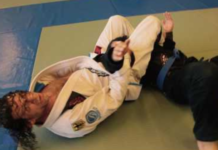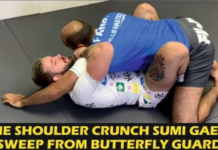The inverted guard is among the most unorthodox moves in the entire arsenal of BJJ. It’s up to you to decide whether you’ll be the type of fighter that sticks to the basics, or if you wish to experiment with flashier moves. If you find that you’re of the latter type, then you may start to incorporate some drills with the inverted guard on the mats. But where does this guard originate from? How did it come to be?
The inverted guard Origin
Well, the originator of this guard was Roberto Magalhães, also known as Roleta. The fact is that this move already existed, but it was Roleta that turned this move into a particular style and worked out several combinations of the move. This came to happen in the 90’s. After this, many new BJJ practitioners began implementing various aspects of the inverted guard in their BJJ style. This guard was used by many famous grapplers like Ryan Hall, Caio Terra, Roberto Abreu Cyborg, and Myao brothers.
How and why to use inverted guard
The inverted guard can be used in gi and no-gi matches. The name comes from the fact that it looks like the opposite of a regular guard, in the sense that your head will now be turned away from your opponent and your entire body will face away from him – not towards him. The inverted guard is a creative way to deal with a strong “pressure” guard passing, and it opens a wide range of attacks for the bottom fighter.
As it stands, this setup can prove to be devastating for your opponent since there are many moves that you can execute from the inverted guard successfully. From triangles, inverted triangles, armbars, sweeps to many other moves. Therefore, this guard can be devastatingly effective if you know how to use it right, and if your opponent lacks knowledge of its intricacies. In fact, there are a few videos of BJJ grappling bouts where one of the grapplers gets into the inverted guard position and his opponent then stands in disbelief, as if the position itself is flawed. Check the video below for an example of this guard:
Weaknesses of inverted guard
However, with all of its strong sides, there some weaknesses when it comes to the inverted guard. For example, no matter what you do, if you get in a street fight, don’t ever use this guard. The simple reason for this is that it makes your head incredibly vulnerable to a stomp or an overhand right that will come down on top of it with the force of God. So, this move is only to be utilized in BJJ fights. Moreover, if you know how to counter this guard, then it won’t be as difficult as it may seem to do deal with it. If you just back away from it, the guard will be powerless. In order to use the full force of the guard, your opponent needs to be the aggressor. If both of you stand your ground, nothing will happen.
The Tornado guard
There are some variations of this move, such as the Tornado guard, created by Roberto “Cyborg” Abreu. This move differs from the classical inverted guard in some ways; among them is the fact that this guard is less flexible and mobile than its counterpart. It’s also mostly used for the half-guard position.
If you learn it, the inverted guard can indeed be a very powerful weapon. However, the inverted guard biomechanically is not a very good position for your body. That is why you need flexibility to make this guard work. The best advice, especially for smaller guys, is not to use this guard against much heavier opponents.
It’s up to you to decide whether you will put the time in to learn it. Do you think this guard is dangerous? Have you been injured by playing it?

